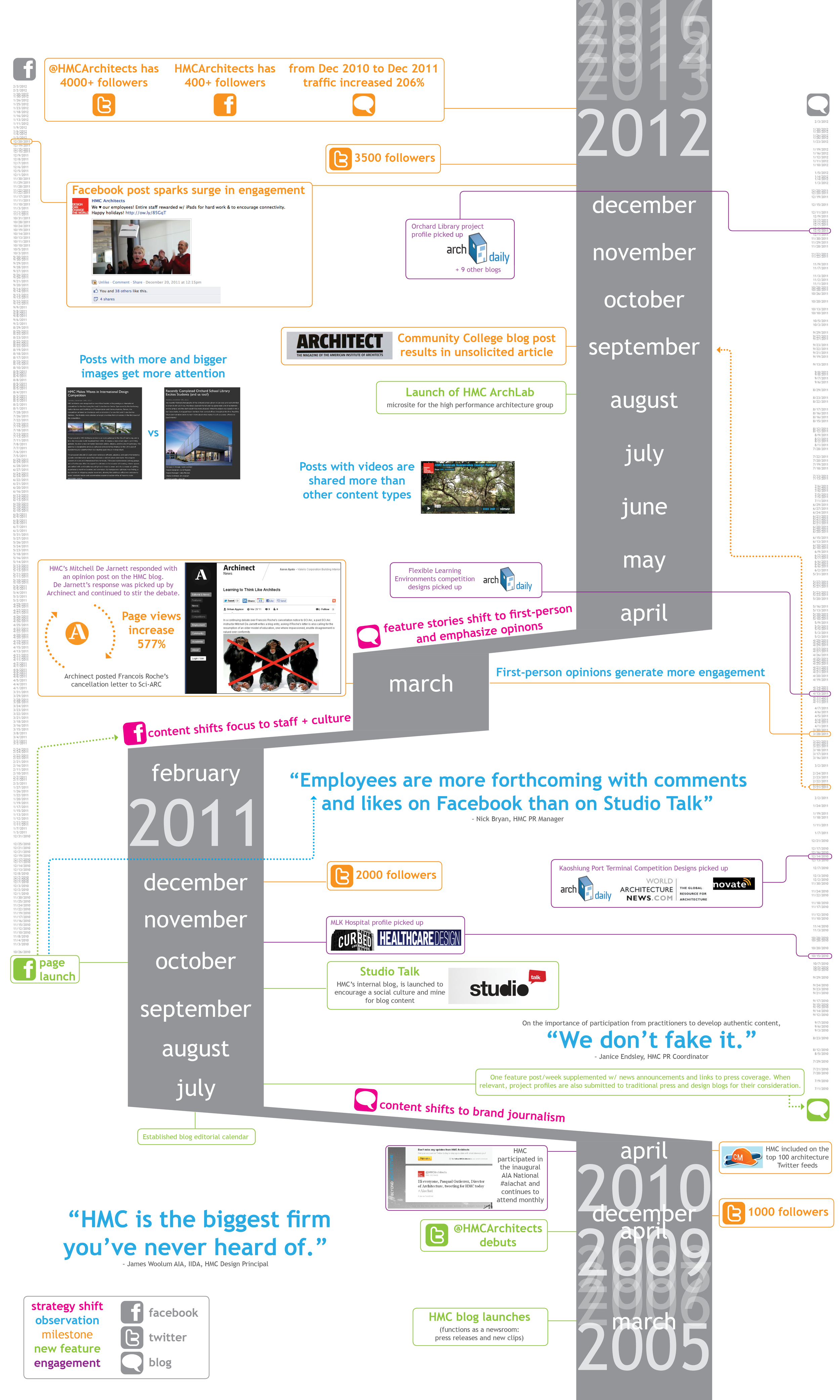
Advocating for a new sustainability. Julia Hughes, an associate principal for HMC Architects, blogs about her work with sustainable justice began in 2006 with a presentation about green juvenile facilities. Out of this evolved the AIA Academy of Architects for Justice (AAJ) Sustainable Justice Committee.
The committee has developed the Green Guide to Justice, which is designed to serve as a voluntary educational tool for early adopters of sustainable design, construction, and operations practices, and to encourage continuous improvement in the justice sector, continued leadership, and increased rigor associated with creating high performance justice environments.
Green Guide to Justice, via AIA Knowledge Network
Millennials leaving small towns. Brittany Shoot, who resides in the Bay Area, discusses her guilt on leaving her small hometown of Anderson, Indiana, and how most of her friends in the Bay Area come from small towns.
“It’s easy to find people who will sneeringly complain about how trapped they felt as teenagers. It’s harder to talk about our nuanced realizations that in such dire economic times, maybe we just got extraordinarily lucky.” –Brittany Shoot
Swiss Cakes and Shasta. Doug Windall, president of HDR architecture, blogs about his love for junk food as HDR rolls out a wellness program for employees.
While Windall reminisces about his deep fondness for Little Debbie Swiss Cake Rolls, he encourages people to enjoy the great things in life, but “never to the point that the great becomes ordinary. Too much of anything can take away the thrill (and in the case of junk food, put on the pounds).’’
Via Blink – Perspectives on Design Blog
Flying bicyclists. London Mayor Boris Johnson is seriously considering developing SkyCycle, a concept by landscape architect Sam Martin that proposes a network of elevated cycled paths between London’s main tube stations.
The SkyCycle would transform unused elevated rail lines and also include new infrastructure. Martin, who is director of Exterior Architecture, is already developing feasibility studies for a few open-air tunnels, which would be sided in glass or plastic. If all goes well, the sky-highways could be open by 2015.
Via The Dirt
Innovative Social Media
Favorite drinking fountains. Josselyn Ivanov of SWA blogged about how she loves drinking fountains, and how they are important as they are small urban elements that have an outsized impact, enhancing people’s lives or modifying users’ behavior in surprising ways.
Ivanov held a weekly quiz on SWA’s Facebook page featuring some of her favorite drinking fountains from around the world – people had to guess where the fountain was located. WNPR found her articles and asked her to be part of their radio show called “For The Love of Fountains.”



